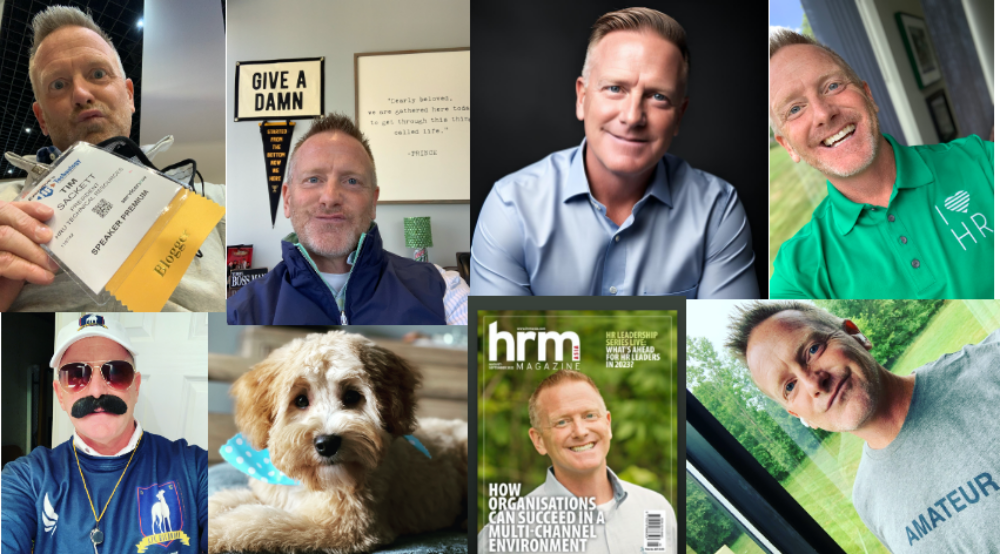BOSSES! Right?! Right? Right…
For at least the past two decades, the foundation of employee engagement has been built on this one simple principle. Employees don’t leave organizations, they leave Bad Bosses.
So, if you want highly engaged employees just don’t have assholes for bosses. Super easy! Just hire and train great leaders and your employees will be engaged and productive and all will be right in the world.
Then along comes Harvard and their stupid studies:
“Good leadership doesn’t reduce employee turnover precisely because of good leadership. Supportive managers empower employees to take on challenging assignments with greater responsibilities, which sets employees up to be strong external job candidates. So employees quit for better opportunities elsewhere — better pay, more responsibility, and so on.”
Wait, what!? This is exactly what your CEO said she feared when you wanted to dump all of that money into leadership development. But you said, “If we don’t develop our leaders the people will leave as well!” So, what happened? We did so well at developing and empowering our leaders they pushed our best employees right out the door to other opportunities!
Ugh! This HR thing is hard. We think we’re doing the right thing for twenty years, then we find out we did it all wrong! Don’t fret, there’s some good news:
“There is a silver lining, though. Former employees with good bosses are what we call “happy quitters.” When the consultant company asked them about their feelings toward their former employer, their responses were overwhelmingly positive. Questions included Do you hold positive opinions about your former company? Would you refer employees to work for the company? and Do you see yourself as a potential boomerang employee? Good leadership, then, is an important tool for building goodwill with employees, which they are likely to retain as alumni, in turn becoming sources of valuable information, recommendations, and business opportunities later on.
The upside to losing well-led employees, however, comes with an important caveat. Our research finds that good leadership generates alumni goodwill only for those employees who experience good faith retention efforts when they quit. So managers should go to bat for their employees and counteroffer if they can. Our findings indicate that such retention efforts are critical for preserving the goodwill created by good leaders with employees, which can then be translated into a continuing relationship with them as alumni.”
What does this all mean?
You better get a heck of a lot better at Off-boarding! Off-what? You know Onboarding but in reverse. Make employees feel really good about leaving you! Make them feel like they are valued and you don’t want to lose them and you’ll do anything to keep them. When they leave, they’ll be more likely to return or recommend others go work for you.
Most companies off-board like this:
Leaving employee: “I’m putting in my two weeks notice, I have this great opportunity to challenge myself and I have to give it a shot.”
HR and/or Hiring Manager: (while ripping their shirt) – “You are dead to us! Leave immediately. Don’t return to your desk, we already have security guards boxing up your crap!”
You laugh, but it’s mostly true. We suck at off-boarding, which is why most of us suck at alumni hiring. Fix that!
